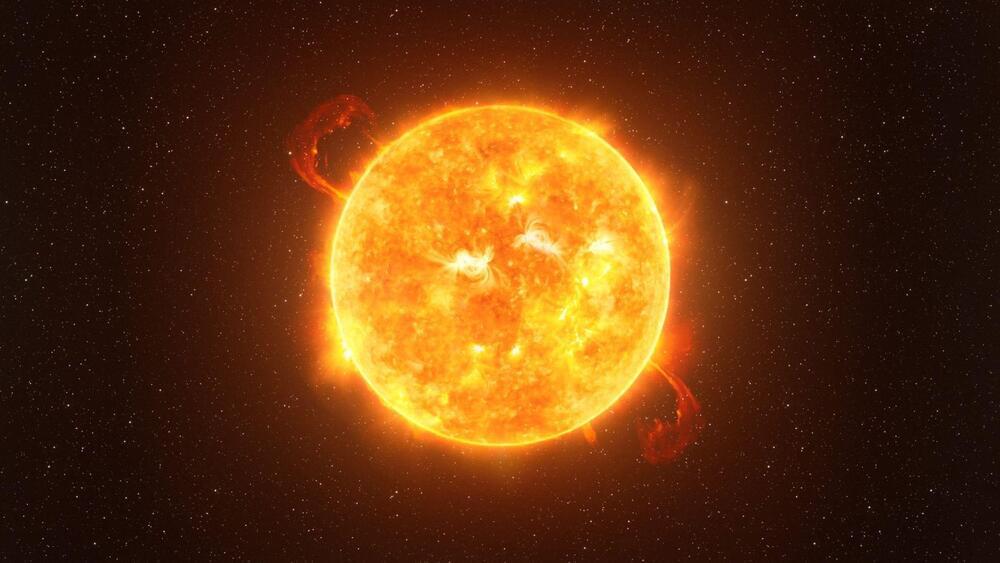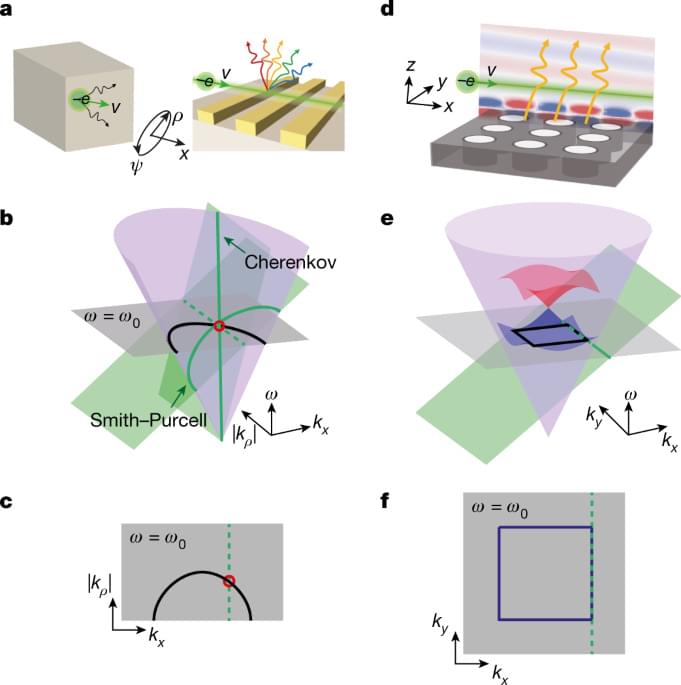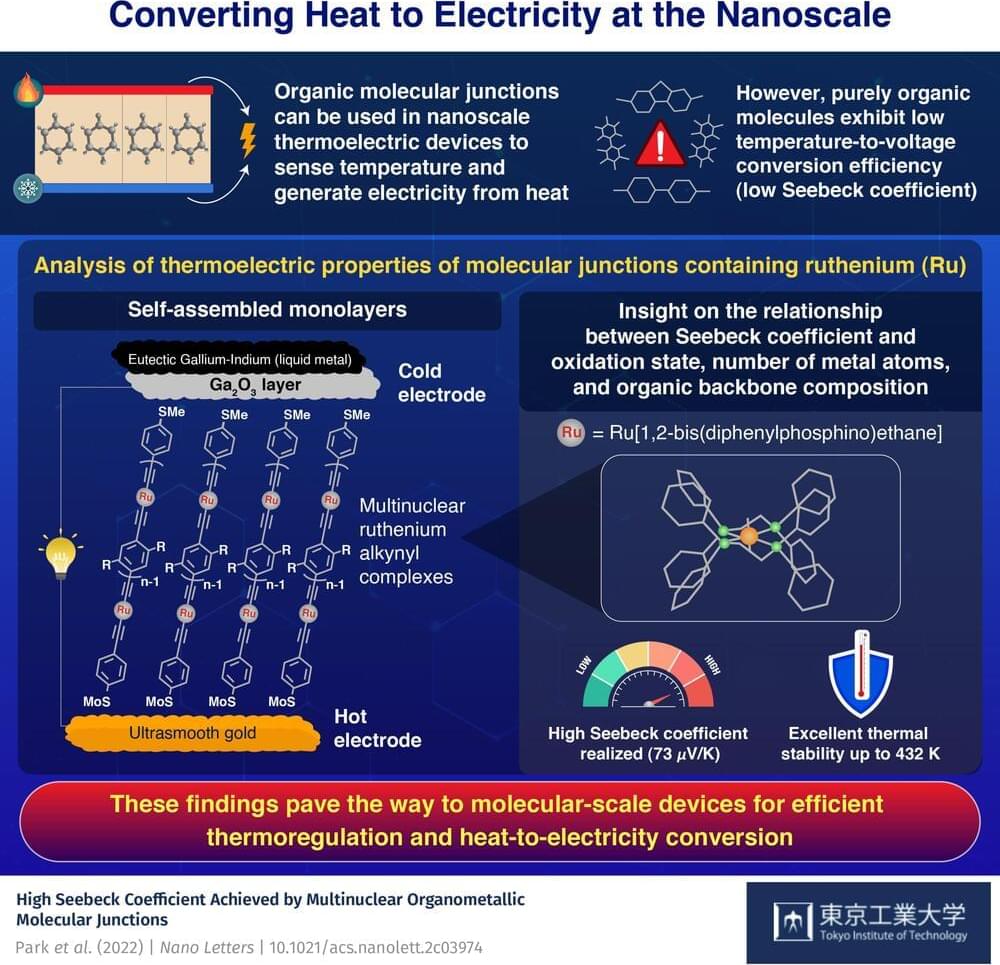The satellite had an expected two-year-service life, but it blew past that mark. “For 21 of its years in orbit, the ERBS actively investigated how the Earth absorbed and radiated energy from the Sun, and made measurements of stratospheric ozone, water vapor, nitrogen dioxide, and aerosols,” NASA said.
Spacefaring machines that come back to Earth are subject to an intense reentry process. NASA expected most of ERBS to burn up, “but for some components to survive the reentry.” The return trajectory over a body of water means anything that wasn’t toast likely fell harmlessly into the sea.
The satellite’s uneventful fall back to its home planet is a bit of good news at a time when orbital space is increasingly crowded with junk, debris and defunct satellites. ERBS went out in a blaze of glory after its distinguished service to science.






